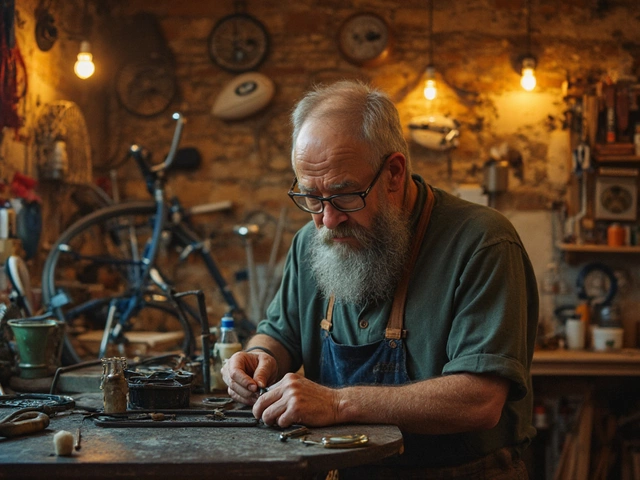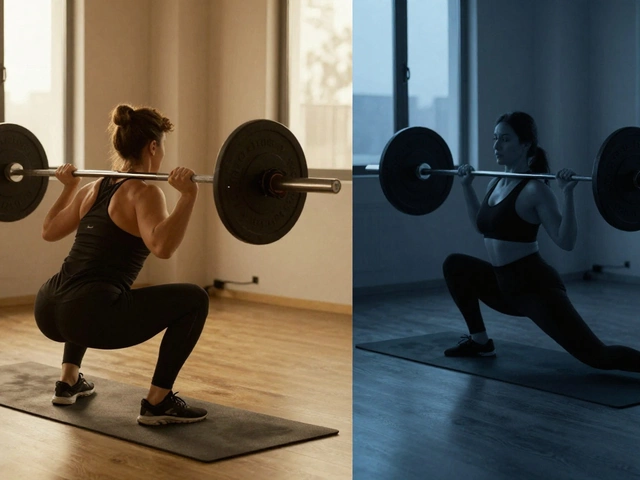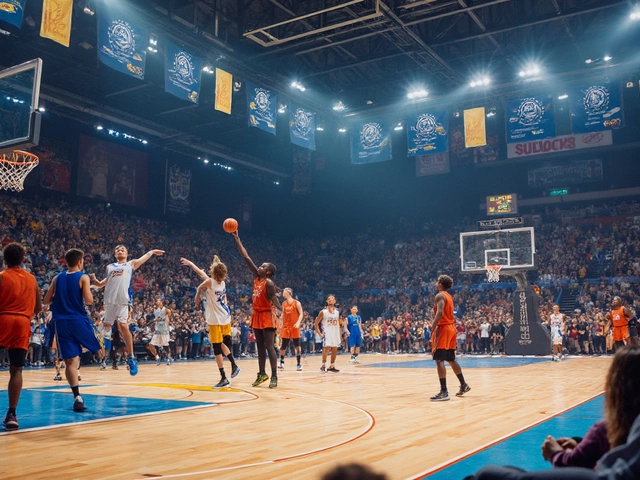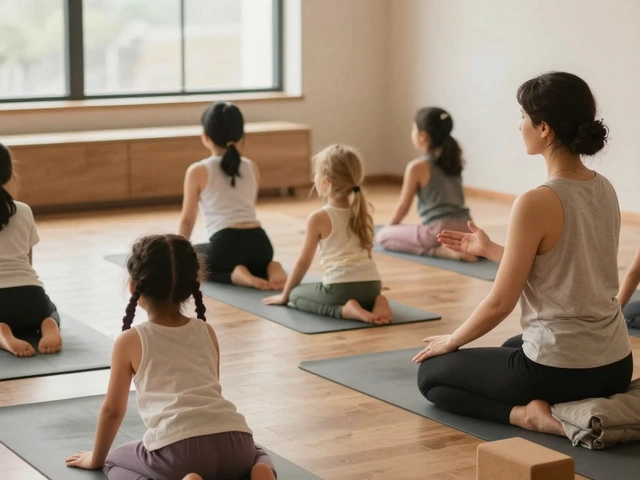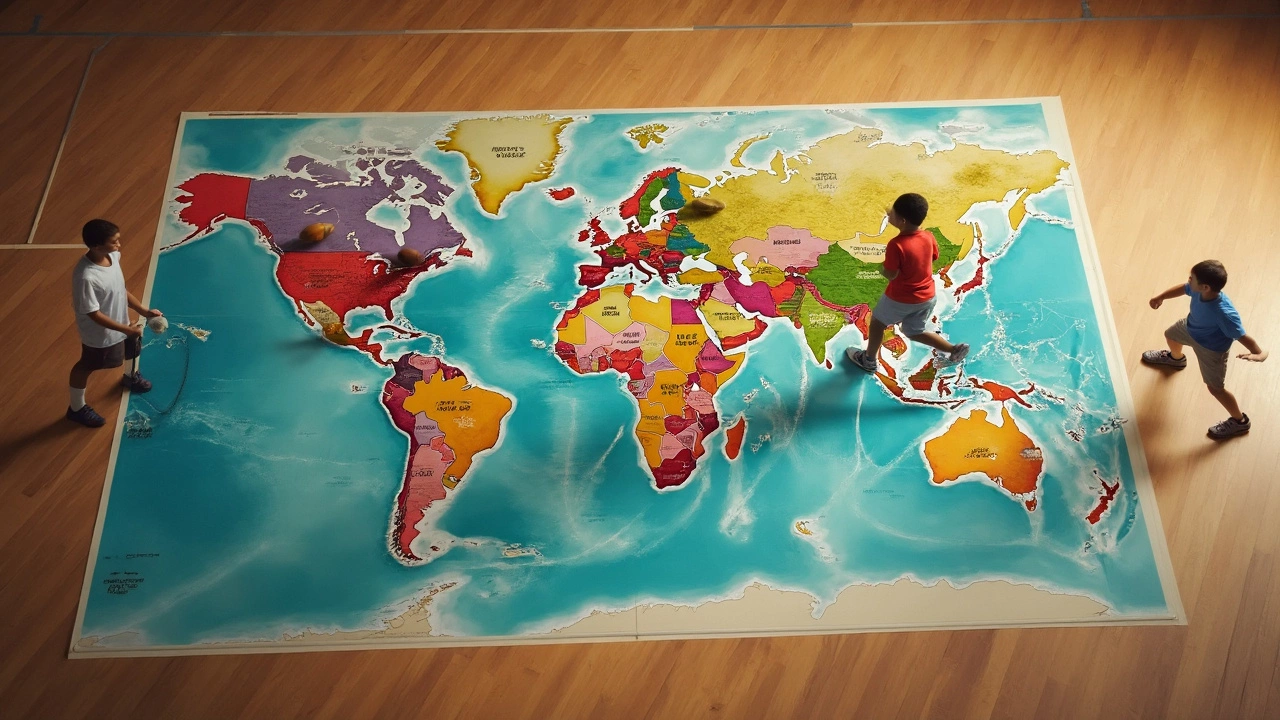
Sports Equipment April 30, 2025
Where Is Most Sports Equipment Made? Global Hotspots Revealed
Flip over almost any piece of sports equipment—soccer ball, basketball, running shoes, you name it—and you’ll probably spot “Made in China” or “Made in Vietnam” stamped somewhere. That’s not just a coincidence. Nearly three out of four pieces of sports gear sold worldwide come from Asia, with China, Vietnam, India, and Pakistan leading the charge. China alone produces everything from gym mats to golf clubs, pumping out billions worth of equipment every year. Vietnam is huge for footwear. Next time you lace up those brand-name sneakers, odds are they traveled across the Pacific before hitting the shelves.
But why are these countries the go-to hubs? First off, they’ve got skilled workers and factories that specialize in things like stitching, molding, or working with technical fabrics. Second, it just costs less to make stuff there, which lets even top brands keep prices competitive. If you’ve ever wondered why a soccer ball from a big name costs less than an artisan-made one, now you know—mass production overseas makes it possible.
- The World’s Sports Equipment Factories
- Why Asia Dominates the Industry
- What Goes Into Making Quality Gear?
- Major Brands and Their Manufacturing Secrets
- Tips for Choosing Reliable Sports Equipment
The World’s Sports Equipment Factories
Walk through a sporting goods store and you’ll see gear that’s traveled a long way to land on that shelf. Most sports equipment manufacturing happens in a handful of countries with massive factory networks. China, Vietnam, India, and Pakistan are the big players. China is the powerhouse, making everything from bikes to badminton rackets. Vietnam, on the other hand, cranks out huge numbers of sports and running shoes. If you look up where Nike or Adidas shoes are made, you’ll keep seeing Vietnam again and again.
Then there’s India and Pakistan—world-famous for soccer balls and cricket bats. Sialkot, a city in Pakistan, produces around 70% of the world’s hand-stitched soccer balls. Brands like Adidas and Nike have official World Cup balls made there. India’s Meerut region is packed with factories for cricket equipment—bats, pads, gloves, you name it. Lots of international cricket pros use bats crafted here.
Here’s a quick look at where different types of sports equipment are mostly produced:
- China: Gym equipment, bikes, rackets, basketballs.
- Vietnam: Sports shoes, apparel, gloves.
- Pakistan: Hand-stitched soccer balls, hockey gear.
- India: Cricket bats and gear, field hockey sticks.
For context, check out these ballpark numbers based on 2023 trade data:
| Country | Main Equipment | Annual Export (USD) |
|---|---|---|
| China | Mixed sports gear | $14 billion |
| Vietnam | Footwear, gloves | $6.5 billion |
| Pakistan | Soccer balls | $500 million |
| India | Cricket gear | $250 million |
Factories in these countries aren’t just big—they’re efficient. A single large plant in China can turn out thousands of treadmills or bikes every week. Many factories have deals with global giants, so when you’re buying gear from a big brand, odds are good it started its life in one of these places.
Why Asia Dominates the Industry
So, why are sports equipment manufacturing hotspots mostly in Asia? It’s all about a mix of tradition, scale, and cost. Countries like China, Vietnam, India, and Pakistan have been making sports gear for decades—you could almost call it a family business in some regions. Sialkot in Pakistan, for example, is world-famous for hand-stitched soccer balls. The 2018 FIFA World Cup balls? Most came from there.
Labor plays a big part too. Factories in Asia can hire huge workforces skilled at everything from stitching leather panels to assembling complex shoes. Plus, the cost of labor and raw materials is lower there compared to Western countries, allowing companies to make quality gear without jacking up the price for consumers. This is a key reason why so much global sports gear is labeled "Made in China" or "Made in Vietnam."
Let’s look at the numbers for a sec:
| Country | Main Equipment Produced | Global Share (%) |
|---|---|---|
| China | Footwear, apparel, balls | ~55 |
| Vietnam | Footwear | ~15 |
| Pakistan | Soccer balls | ~65 (soccer balls only) |
| India | Cricket gear, tennis balls | ~10 (cricket gear) |
Add in strong shipping connections, government support, and access to materials, and Asia pretty much has the recipe locked down. Most major sports brands like Nike, Adidas, and Puma rely on these countries for their main lines.
For folks buying new sports gear, this big production base means more choices and price points. You can grab pro-level sports equipment or snag a budget-friendly set for backyard games, all from the same massive supply chain that starts across the Pacific.
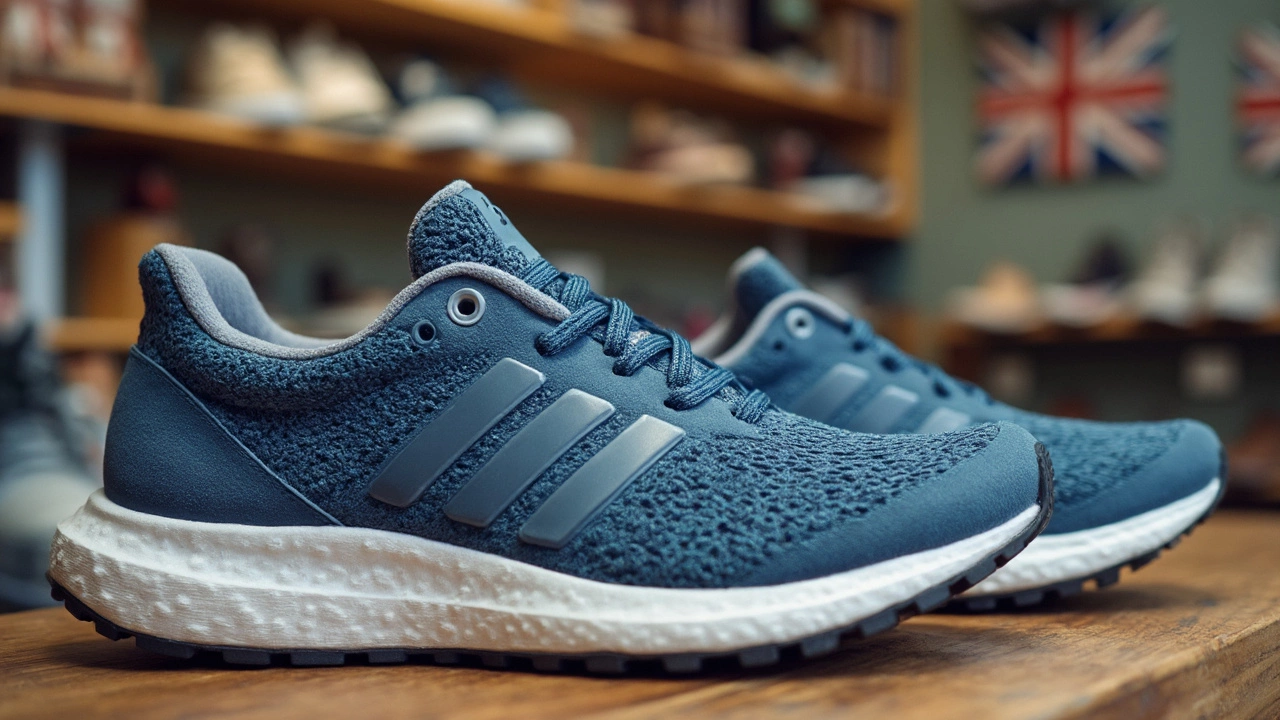
What Goes Into Making Quality Gear?
Ever notice how some sports gear just feels better in your hands or on your feet? That’s not by accident. Making top-notch sports equipment takes a careful balance of materials, design, and old-fashioned skill. Brands don’t just slap their logo on any ball or bat—they spend serious time figuring out what works best for both pros and weekend warriors.
Take soccer balls, for example. FIFA-approved balls have to meet strict rules on weight, shape, bounce, and even how much water they absorb in wet conditions. Factories use layers of latex or butyl for the bladder and cover it with synthetic leather stitched together by hand in many cases. Some balls from Sialkot, Pakistan, are actually hand-stitched by highly experienced craftspeople—one of the main reasons Sialkot is a world leader for quality footballs.
When it comes to shoes, especially running shoes, the devil’s in the details. Brands play with high-tech foams, mesh fabrics for breathability, and sturdy soles that grip without weighing you down. Vietnam’s sports equipment manufacturing sector is known for this kind of detailed work, cranking out millions of pairs with the same attention to quality as the big names demand.
- Material choice is huge—think lightweight carbon fiber for tennis rackets or moisture-wicking fabrics for team jerseys.
- Testing is everything. A lot of gear gets stress-tested in labs. Helmets, for instance, get smacked, dropped, and squished to make sure they’ll protect you when it counts.
- Consistency matters. It’s not just about making something good once; production lines need to crank out identical bats or gloves option after option.
| Gear Type | Main Testing Standard | Key Quality Feature |
|---|---|---|
| Soccer Ball | FIFA Quality Pro | Roundness, bounce, water-resistance |
| Running Shoes | Brand Durability Tests | Cushioning, grip, weight |
| Helmet | CE, ASTM | Impact absorption |
Next time you shop for gear, pay attention to the details on the label. If it meets certain international standards (like CE on helmets or FIFA on balls), that’s a good sign you’re not buying a cheap knockoff. Sometimes, spending a bit more gets you something that lasts longer and keeps you safer. Your body will thank you, and hey, your game might even improve.
Major Brands and Their Manufacturing Secrets
Ever checked the label on your sports equipment and noticed the same handful of countries again and again? That’s because big brands have pretty much mastered the art of global production. Companies like Nike, Adidas, Wilson, and Under Armour rely heavily on factories across China, Vietnam, India, and sometimes Pakistan, depending on the type of gear.
Nike, for example, makes most of its shoes in Vietnam, Indonesia, and China, but each place is picked for a reason—Vietnam blows the competition away in shoe stitching and assembly, while China nails down the high-tech parts for stuff like basketballs and rackets. Adidas mostly sticks to Vietnam too for footwear, but their soccer balls mostly roll out of Pakistan, especially the famous World Cup ones. Wilson has its baseballs assembled largely in Costa Rica, but their tennis rackets? Yep, China is the main player. Even the NBA official game ball from Spalding is stitched by hand in China.
Brands don’t just look for cheap labor. They want factories with a proven history of quality and speed, especially since athletes (pro or casual) won’t put up with defective gear. Nearly every top brand runs strict quality checks both at the manufacturing site and back at headquarters. Sometimes, if gear flops a quality test, it never even leaves the factory floor.
Here’s how the breakdown looks for some heavy hitters:
| Brand | Main Products | Top Production Countries |
|---|---|---|
| Nike | Footwear, apparel, basketballs | Vietnam, China, Indonesia |
| Adidas | Footwear, soccer balls | Vietnam, Pakistan, China |
| Wilson | Tennis rackets, baseballs | China, Taiwan, Costa Rica |
| Spalding | Basketballs | China |
Another secret? These brands are constantly switching up where gear is made to dodge tariffs, keep costs steady, or get closer to new markets. Nobody’s sticking with one country forever. If costs jump in one place, they’re out. That’s why your favorite brand’s products can say "Made in China" one year and "Made in Vietnam" the next. So, if you care about where your sports equipment comes from—or just want to know who makes the best soccer balls—you really have to check each item’s label. There’s more behind it than just a country’s name; the brand’s reputation is riding on every stitch and seam.
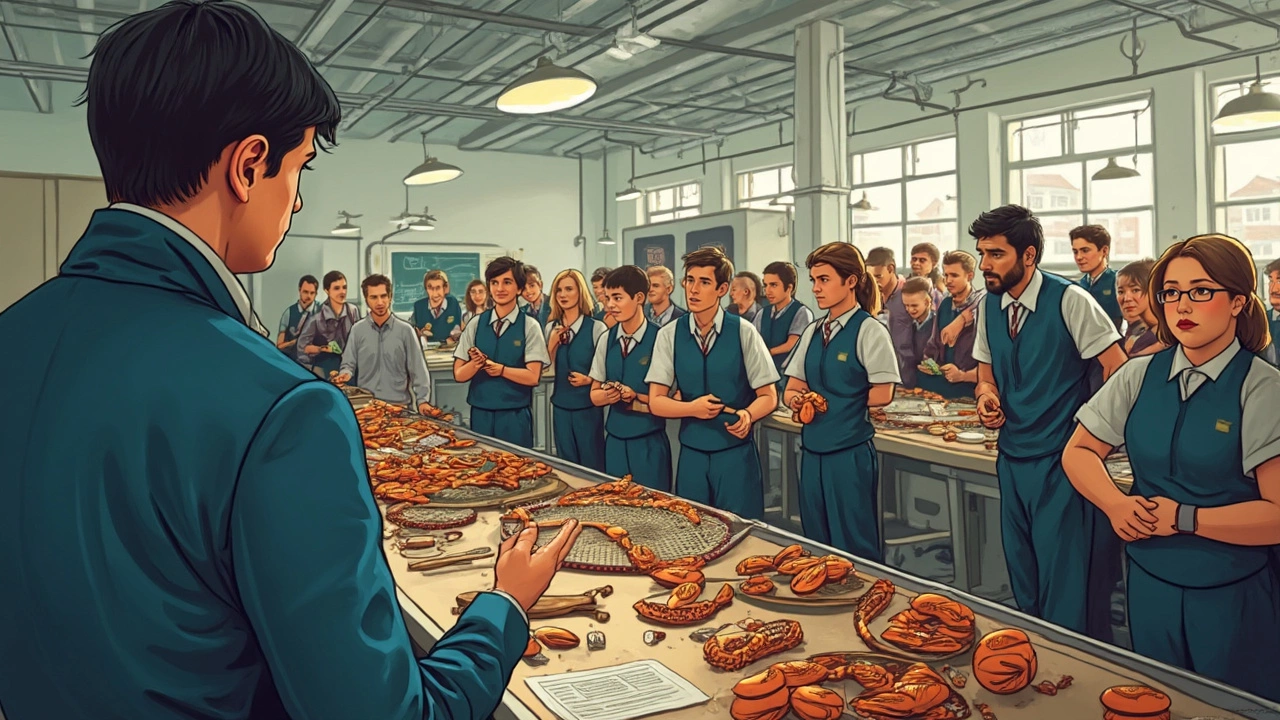
Tips for Choosing Reliable Sports Equipment
Ever felt lost in the maze of sports equipment choices when shopping? The market’s flooded with gear that looks similar but can be miles apart in quality. Here’s how to spot what’s worth your money, whether you’re buying a basketball, bike helmet, or running shoes.
- Check the label: Look for country of origin. Gear made in China, Vietnam, or India isn’t automatically good or bad, but big brands like Nike and Adidas watch those factories closely for quality. Lesser-known brands might not.
- Look for trusted brands: If you stick to brands that are open about where they make their gear and back it up with warranties, you’ll dodge a lot of headaches. Brands like Wilson, Yonex, and Under Armour often reveal details about their production countries and stand by their products.
- Materials matter: Real leather lasts longer than synthetic on balls or gloves, while high-quality plastics hold up better in helmets. A quick web search or the product tag usually tells you what you’re getting.
- Check for certifications: Look for safety and performance certifications. For helmets, for example, the CPSC sticker means it’s passed US safety standards.
- Read reviews: Online reviews reveal issues like rapid wear or poor stitching. If a $25 soccer ball falls apart after two games, shoppers make noise about it.
| Brand | Popular Equipment | Key Production Country |
|---|---|---|
| Nike | Footwear, Apparel | Vietnam, China, Indonesia |
| Adidas | Soccer Balls, Shoes | China, Pakistan, Vietnam |
| Wilson | Baseballs, Tennis Rackets | China, Thailand |
| Yonex | Badminton Rackets | Japan, Taiwan |
If you’re buying in-store, give the equipment a hands-on check. Grip it, press it, or bounce it if you can. Seams and stitching should feel tight with no odd bulges or gaps. If it feels cheap, it probably is—trust your instincts.
And finally, don’t fall for flashy packaging. Smart buyers focus on product details and real-world feedback, not just slick labels. Quality sports gear might cost a bit more, but it’ll handle weekend games, rainy practices, and long workouts way better in the long run.
